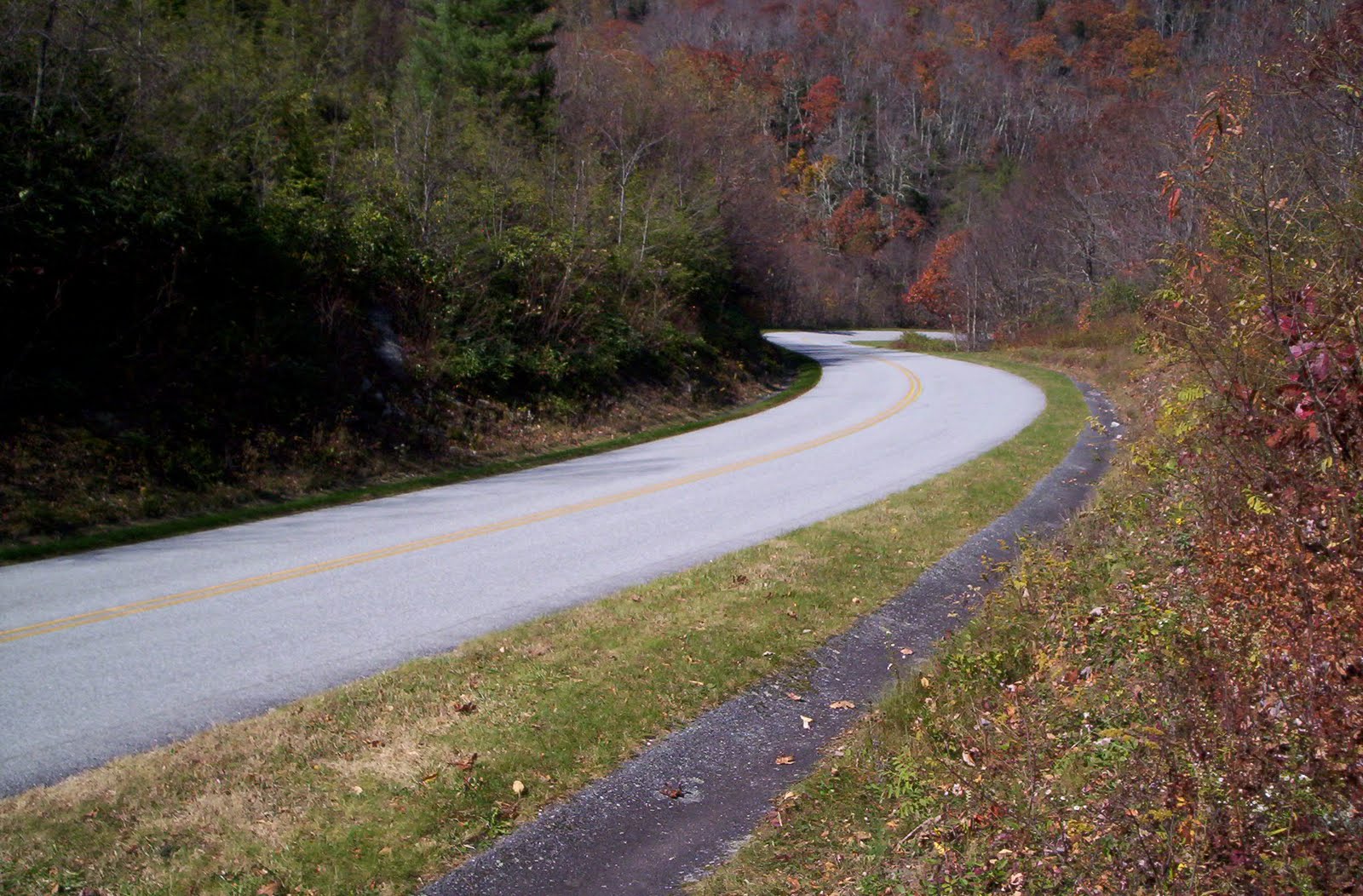Lately, I’ve noticed more big trucks running up and down the interstate. Most of the time, it’s your standard box trailers with a company logo on the side but I’ve also seen flat beds with all manner of cargo being transported to who knows where. Wide sheets of steel, pipe, machinery, military equipment, you name it. Though the big rigs can be an inconvenience, I’m actually happy to see them out there. It says to me that the economy is still moving. It tells me that interstate commerce is alive and that’s a good thing. What caught my eye the other day was a truck hauling carbon monoxide gas. Now I’ve seen those tanks with oxygen, nitrogen, hydrogen, helium, etc., labeled on the side but never carbon monoxide. It seemed really odd to me. What earthly purpose could this gas have in industry that would require it to be produced and transported? As far as I knew, it was nothing more than a poisonous gas that had no purpose and was to be avoided if at all possible. The thing stuck with me the whole day though and piqued my curiosity enough to do a little research.
After searching the web for a while, it occurred to me just how little I knew about chemistry. I have never had any formal education in the subject but felt that I knew enough to be at least a little conversant in this area. I’ve always had an affinity for science subjects but my interests were geared more toward earth science and astronomy. Of course I’m not an expert in those areas either but I have studied some and am curious in those regards. Looking back on my life, if I had chosen a career field in the sciences, I believe that I would have enjoyed volcanology. It’s mountainous, of course.
The first place I looked for information about carbon monoxide was Wikipedia. I quickly realized that I needed more basic information about the chemical structure of things to understand just what the article was trying to tell me. This led me to a site that is geared mostly toward children and explains the periodic table of elements. It was actually a sort of two edged sword as on the one hand it reaffirmed how inadequate my knowledge base is in the subject but on the other hand gave me a sort of elation to know that there are very young people out there who are studying chemistry. It made me feel confident that difficult technical matters are not being abandoned by our youth and that brings promise for a brighter future. Anyway, it didn’t take long to understand that carbon monoxide is not a basic element in the periodic table sense but is actually a compound made up of one atom of carbon and one of oxygen. Though it occurs naturally in some ways, this natural occurrence seems insignificant in the larger scheme of things. It exists primarily due to the partial oxidation of carbon containing compounds. The interesting part is how it is produced by chemical manufacturing processes and its ultimate uses in our world.
This understanding that the stuff is dangerous to humans and animals has been around for a long time. The Greeks and Romans used it to execute people. The Nazis used it to euthanize people. During times when gasoline was in short supply, it has been used to fuel automobiles and is currently used to convert coal and biomass to diesel fuel. Though there are some absolutely nefarious applications for it, there are also some relatively benign uses as well. Take the creation of acetic acid, for instance. Plastic water bottles, photographic film, wood glue, synthetic fibers and fabrics are all by products of acetic acid and a result of carbon monoxide manipulation. This same acid, when diluted, is a common household product. Think vinegar. One thing that surprised and disturbed me a bit was the use of carbon monoxide to enhance the red color of meat we buy in the grocery store. Apparently, it keeps the red color longer so we mere mortals are enticed to believe that it is fresh. Food producers use this type of processing in many of the products we consume, like fruits and vegetable, pasta, cheese, ready to eat meals, seafood, etc. They call this MAP or Modified Atmosphere Packaging. Ever wonder why some of those packages of meat in the store have that puffy clear wrap on them?
It is truly amazing to me how little we know about the world we live in. Life on planet earth seems so “every day” on the face of it. Little do we realize how complex our existence is. Something that we all know can be dangerous but at the same time is as innocuous as carbon monoxide has so much impact in our daily living. It just leads me to believe that I am actually very ignorant of my surroundings. It takes me to the modern adage “question authority” and speaks to me of the need to understand that there is more to my existence than meets the eye.
Sunday, March 7, 2010
Subscribe to:
Post Comments (Atom)

2 comments:
...and makes you want to grow your own foods...
Just think, a nice garden with lots of veggies, some hens scratching around in the yard. Maybe even a cow for milk, butter and beef. It's a lot of work but you have to ask is it really worth it?
Post a Comment